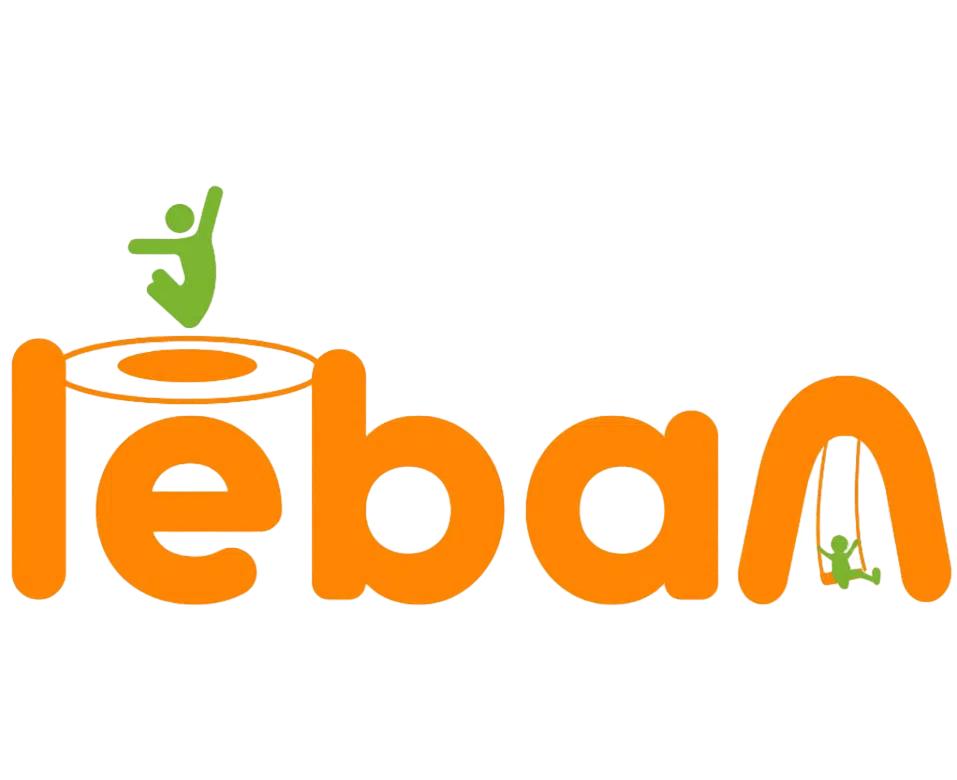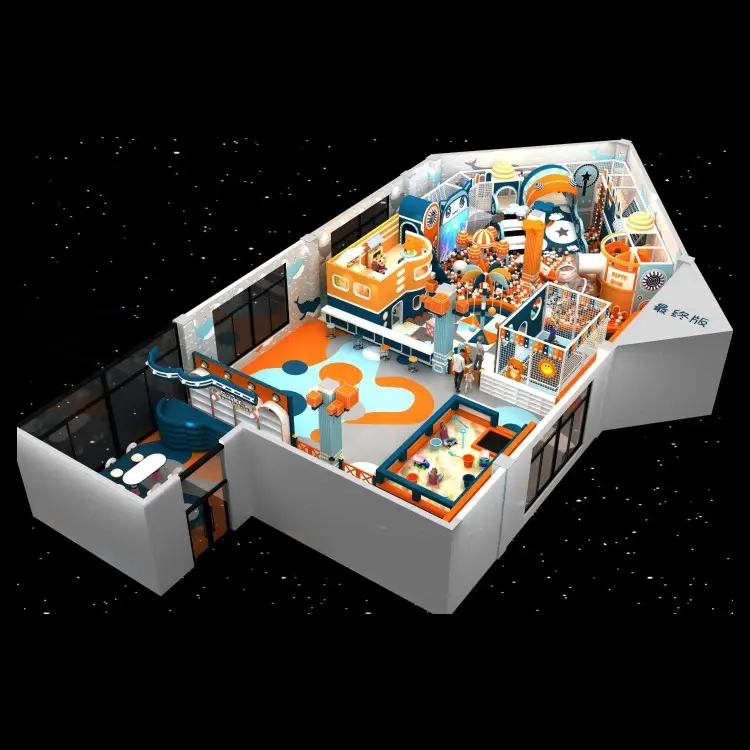Building a Profitable and Engaging Venture for Families
The demand for engaging and educational spaces for children is rapidly growing, and many entrepreneurs are capitalizing on this opportunity by launching their own kids indoor playgrounds. These vibrant facilities not only provide a safe environment for physical activity and social interaction but also represent a lucrative business model. Whether located in urban centers or suburban areas, kids indoor playgrounds can thrive when designed and managed effectively. Understanding the foundational steps involved is key to building a successful enterprise in this industry.
Conducting Market Research and Defining the Concept
Identifying Target Demographics
The success of kids indoor playgrounds often starts with knowing the community. Are the local families looking for toddler-friendly environments, or do they need spaces for older kids as well? Knowing the age range and preferences of the children in your market will help you shape your facility. You can tailor equipment selection, layout, and even programming based on your audience’s needs.
Analyzing Competitor Offerings
Studying other kids indoor playgrounds in the area can give you insights into trends and gaps in the market. Look for elements that are overused or missing, and consider how your business can offer something new or better. While it’s good to learn from others, developing a unique identity for your playground is crucial to long-term success.
Choosing the Right Location and Space
Evaluating Foot Traffic and Accessibility
A kids indoor playground needs to be conveniently located. Look for areas with high family foot traffic such as shopping centers, residential hubs, or community zones. Visibility and accessibility by both car and public transit can greatly impact visitor numbers.
Determining Space Requirements
Depending on your business model, the space required can range from a few thousand to over ten thousand square feet. You’ll need designated zones for different age groups, seating areas for parents, restrooms, and potentially even cafes or birthday party rooms. Flexibility and safety in layout design are vital considerations when establishing kids indoor playgrounds.
Designing a Safe and Engaging Play Environment
Selecting Age-Appropriate Equipment
Choose equipment that is suitable for various age groups, ensuring there are soft play areas for toddlers and more adventurous installations for older children. Slides, climbing frames, foam pits, and obstacle courses are essential staples in many kids indoor playgrounds.
Incorporating Themed Zones and Learning Areas
Themed zones not only enhance visual appeal but also spark imagination and creativity. Educational zones such as sensory panels or interactive games promote developmental benefits and keep children engaged for longer periods. These elements can make your playground stand out in the competitive landscape of kids indoor playgrounds.

Navigating Licensing, Insurance, and Legal Requirements
Obtaining Permits and Licenses
Before opening, you'll need to secure all necessary business licenses and safety certifications as required by your region or country. This may include building inspections, zoning permits, and health department approvals.
Securing Comprehensive Insurance
Insurance coverage is a non-negotiable aspect of operating kids indoor playgrounds. Liability, property, and workers' compensation insurance protect both your business and patrons. Work with an insurance provider experienced in the family entertainment sector to ensure you’re fully covered.
Developing a Business Plan and Financial Strategy
Estimating Start-Up and Operating Costs
From lease agreements and equipment purchases to staff wages and marketing campaigns, the start-up costs for kids indoor playgrounds can be substantial. Planning for both initial expenditures and ongoing operational costs will prevent surprises and ensure smooth financial management.
Exploring Revenue Streams
Income can come from admission fees, memberships, birthday party bookings, vending machines, and even classes or workshops. The more diversified your revenue, the more stable your business becomes. Some kids indoor playgrounds also add retail sections for toys or snacks, creating additional profit channels.
Investing in High-Quality Equipment
Choosing Reliable Suppliers
The quality of your play equipment directly influences safety and customer satisfaction. Partner with trusted manufacturers that specialize in kids indoor playgrounds and comply with international safety standards.
Planning for Maintenance and Replacement
Routine inspections and maintenance plans are critical for preserving the integrity and cleanliness of your equipment. Budgeting for periodic updates and replacements ensures that your playground remains appealing and functional for returning customers.
Hiring and Training the Right Team
Recruiting Passionate Staff
Your staff must not only be qualified but also genuinely enjoy working with children. Whether it's front desk staff, cleaners, or play supervisors, their energy and attitude shape the overall customer experience in kids indoor playgrounds.
Emphasizing Safety and Child Engagement
Training should focus on safety procedures, emergency responses, and child engagement strategies. Staff who can interact meaningfully with children contribute to a vibrant and well-managed environment.
Creating a Memorable Brand Experience
Designing a Kid-Friendly Visual Identity
Your brand’s visual elements—logo, colors, mascots—should resonate with children and their families. These components should be consistent across signage, websites, uniforms, and printed materials.
Building an Emotional Connection
Kids indoor playgrounds can become part of a family’s weekly routine. Creating that emotional bond through personalized service, birthday party experiences, and memorable events helps build loyalty and word-of-mouth referrals.
Marketing and Promoting Your Playground
Utilizing Social Media and Digital Channels
Online visibility is crucial. Use platforms like Instagram, Facebook, and TikTok to share videos, promotions, and parent testimonials. SEO-optimized websites with online booking and event calendars attract and retain customer interest.
Engaging Local Communities
Partner with schools, daycare centers, and parent groups to build awareness. Hosting grand openings, seasonal events, or charity fundraisers positions your business as a valuable community resource and attracts foot traffic to kids indoor playgrounds.
Implementing Operational Systems and Feedback Loops
Streamlining Daily Operations
Use POS systems, booking software, and staff scheduling tools to manage day-to-day tasks efficiently. A streamlined workflow improves service delivery and supports scalability as your kids indoor playgrounds grow.
Encouraging Customer Feedback
Regularly seek feedback through surveys, comment cards, and online reviews. Addressing concerns quickly and visibly demonstrates your commitment to improvement and customer satisfaction.
Scaling and Expanding the Business
Exploring Franchising Opportunities
Once your business model is proven and profitable, you may consider franchising. This allows you to expand your brand without managing every location directly. Many successful kids indoor playgrounds have grown by sharing their model with passionate local operators.
Introducing New Services and Add-Ons
Adding services like after-school programs, holiday camps, or themed birthday parties can increase revenue and attract new customers. Keep innovating based on customer preferences and market trends to stay ahead in the evolving kids indoor playgrounds sector.
FAQ
How much investment is needed to start kids indoor playgrounds?
The initial investment can vary widely depending on location, size, and amenities, but a small-to-mid-sized facility might require anywhere from $100,000 to $500,000.
What age groups should kids indoor playgrounds cater to?
Most successful playgrounds serve children from toddlers (12 months) up to around 10 years old, with separate areas and age-appropriate equipment.
Is it necessary to include food and beverage services?
While not mandatory, including a small café or snack bar can significantly increase dwell time and revenue, especially for parents and guardians.
What are some challenges in operating kids indoor playgrounds?
Common challenges include high initial setup costs, maintaining safety standards, staffing, and managing seasonal fluctuations in visitor numbers.
Table of Contents
- Building a Profitable and Engaging Venture for Families
- Conducting Market Research and Defining the Concept
- Choosing the Right Location and Space
- Designing a Safe and Engaging Play Environment
- Navigating Licensing, Insurance, and Legal Requirements
- Developing a Business Plan and Financial Strategy
- Investing in High-Quality Equipment
- Hiring and Training the Right Team
- Creating a Memorable Brand Experience
- Marketing and Promoting Your Playground
- Implementing Operational Systems and Feedback Loops
- Scaling and Expanding the Business
- FAQ

